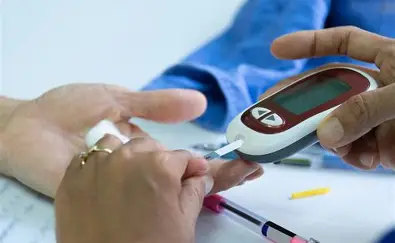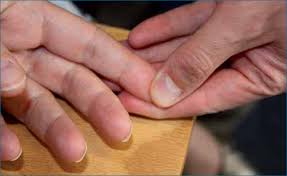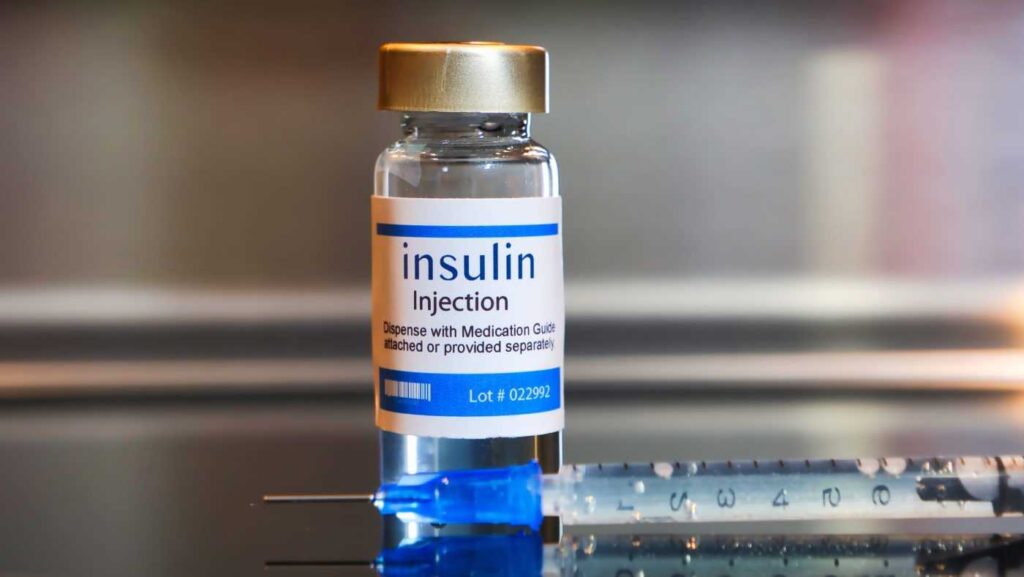
What is Diabetes?
Diabetes is a chronic medical condition where the body either doesn’t produce enough insulin or can’t use it effectively. Insulin is a hormone made by the pancreas that helps regulate blood sugar (glucose) levels. Without proper insulin function, glucose builds up in the blood instead of being used by the cells for energy.
There are a few main types of diabetes:
- Type 1 Diabetes – The body’s immune system attacks the insulin-producing cells in the pancreas, so little or no insulin is made. People with this type need daily insulin injections. It often appears in childhood or adolescence.
- Type 2 Diabetes – The body becomes resistant to insulin or doesn’t make enough. It’s more common in adults, but increasingly seen in younger people due to lifestyle factors like diet and inactivity. It can sometimes be managed with lifestyle changes, though medication or insulin may be needed.
- Gestational Diabetes – This develops during pregnancy and usually goes away after birth. However, it can increase the risk of developing type 2 diabetes later in life.
If you’re curious, I can walk you through how symptoms appear, how it’s diagnosed, or what to do in an emergency involving high or low blood sugar.


Signs and Symptoms
The common symptoms of diabetes often stem from high levels of sugar in the blood and can develop gradually or appear suddenly, depending on the type. Here are the signs to watch for:
- Increased thirst and frequent urination – As your body tries to flush out excess sugar, you may find yourself needing to drink and pee more often.
- Extreme hunger – Without enough insulin to move sugar into your cells, your body thinks it’s starving.
- Unexplained weight loss – Despite eating more, your body may burn fat and muscle for energy instead of using sugar.
- Fatigue – Less sugar in cells means less fuel, which leads to feeling constantly tired.
- Blurred vision – High blood sugar can affect the lenses of your eyes, causing temporary vision changes.
- Slow-healing sores or frequent infections – Especially noticeable on the feet or skin, as high glucose levels impair circulation and immune function.
- Tingling or numbness in the hands or feet – A sign of nerve damage, especially in long-term or uncontrolled diabetes.
These symptoms can be mild at first, especially with type 2 diabetes, so they’re often overlooked. If you’re exploring this from a first aid or emergency awareness angle, recognising early signs can make a critical difference.
Diabetic Emergency
A diabetic emergency happens when a person’s blood sugar level becomes dangerously high (hyperglycaemia) or low (hypoglycaemia)—both of which can be life-threatening if not treated quickly.
Signs to watch for
Hypoglycaemia (low blood sugar):
- Pale, clammy skin
- Sweating and trembling
- Confusion or irrational behaviour
- Rapid pulse
- Faintness or drowsiness
- May become unresponsive
Hyperglycaemia (high blood sugar):
- Warm, dry skin
- Fruity, sweet-smelling breath
- Excessive thirst
- Rapid breathing and pulse
- Drowsiness or confusion
- May lead to unconsciousness
What to do
If you suspect hypoglycaemia:
- Help the person sit down.
- Give them something sugary—like fruit juice, glucose tablets, jelly beans, or a non-diet fizzy drink.
- Reassure them and monitor their response.
- If they don’t improve quickly or become unresponsive, call 999 immediately.
If you suspect hyperglycaemia:
- Call 999 immediately—this requires urgent medical attention.
- While waiting, keep checking their breathing and responsiveness.
- If they become unresponsive, be prepared to start CPR.
People with diabetes often carry medical ID or emergency supplies like glucose gel or insulin pens—these can offer clues and help guide your response.

